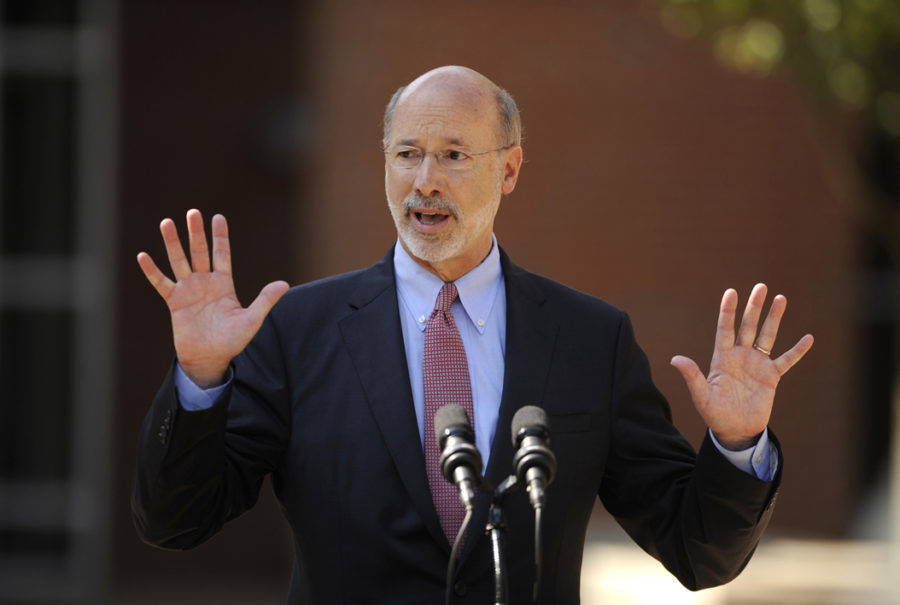Execution proceedings happen in the state of Pennsylvania five times each year — yet the state hasn’t executed an inmate since 1999.
Mock executions are routinely performed to ensure that in the event of an execution, the prison guards and doctors would be prepared. But right now the state isn’t permitted to actually execute any inmates.
That’s because in 2015 Gov. Tom Wolf signed a moratorium on executions in the state while a bipartisan task force investigates the cost, history and effectiveness of capital punishment. Since the state of Pennsylvania carried out its last execution 18 years ago, hundreds of people have sat on death row in limbo — currently, 165 inmates await their executions.
Seeing numbers like those may have been what prompted Gov. Wolf to institute the moratorium in February of 2015, but the review itself has actually been underway since 2011 — and nearly six years later it still isn’t completed. It’s far beyond overdue at this point, and now the Commonwealth must decide whether to reinstate capital punishment or end the practice altogether.
Since the moratorium began, not much has changed. The last execution carried out in Pennsylvania’s chambers — which are at the state Correctional Institution in Rockview — was in 1999 against Gary Heidnik, who received two death sentences in addition to his cumulative prison term of 150 to 300 years.
Today, the list of condemned prisoners is still growing — but the names on it don’t seem to matter to the state.
Among the condemned are 165 prisoners who are reduced to little more than their name, a single letter abbreviating their race and their sentencing date. These prisoners have been in solitary confinement — a practice that causes inmates to suffer from anxiety, depression, insomnia and paranoia — since their sentencing dates, which date back to 1983, over 30 years ago.
And these are expensive years — each inmate in solitary confinement costs the state $10,000 a year more than their counterparts serving life sentences without parole. Trials can vary in cost, but each trial costs taxpayers millions of dollars, and in capital punishment cases there can often be multiple trials, increasing the state’s spending in a period of severe budget deficit.
Beyond the price of housing and sentencing the condemned inmates, the state also constantly maintains the execution facility. While we don’t know the daily operation cost of the facility, we do know that an investigation by the Reading Eagle found that between 1978 and 2014, the state spent over $800 million on its capital punishment proceedings — nearly $300 million per execution actually performed.
We also know that the state currently sits in a budget deficit of nearly $600 million, which would be reduced if the state decided to end capital punishment — but it can’t seem to decide, given its failure to produce the review.
The issue isn’t with the morals of capital punishment — that argument requires far more consideration, and even then there are no clear answers. But the issue is with Pennsylvania’s course of action. By placing a moratorium on capital punishment and failing to produce a long overdue review, the state continues to cost its taxpayers — a clear example of the state failing to take decisive action to address a pressing issue.
The answer is simple — the state needs to decide with finality whether or not we will be among the other 31 states that practice capital punishment. Until then, we are merely wasting our money, waiting for someone to decide if $272 million per procedure is worth it — but while the morality of the issue is complex, the economics of it seem much more simple.


